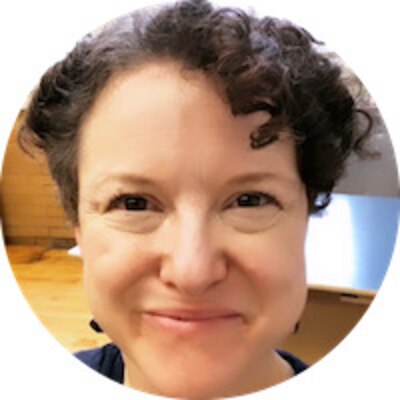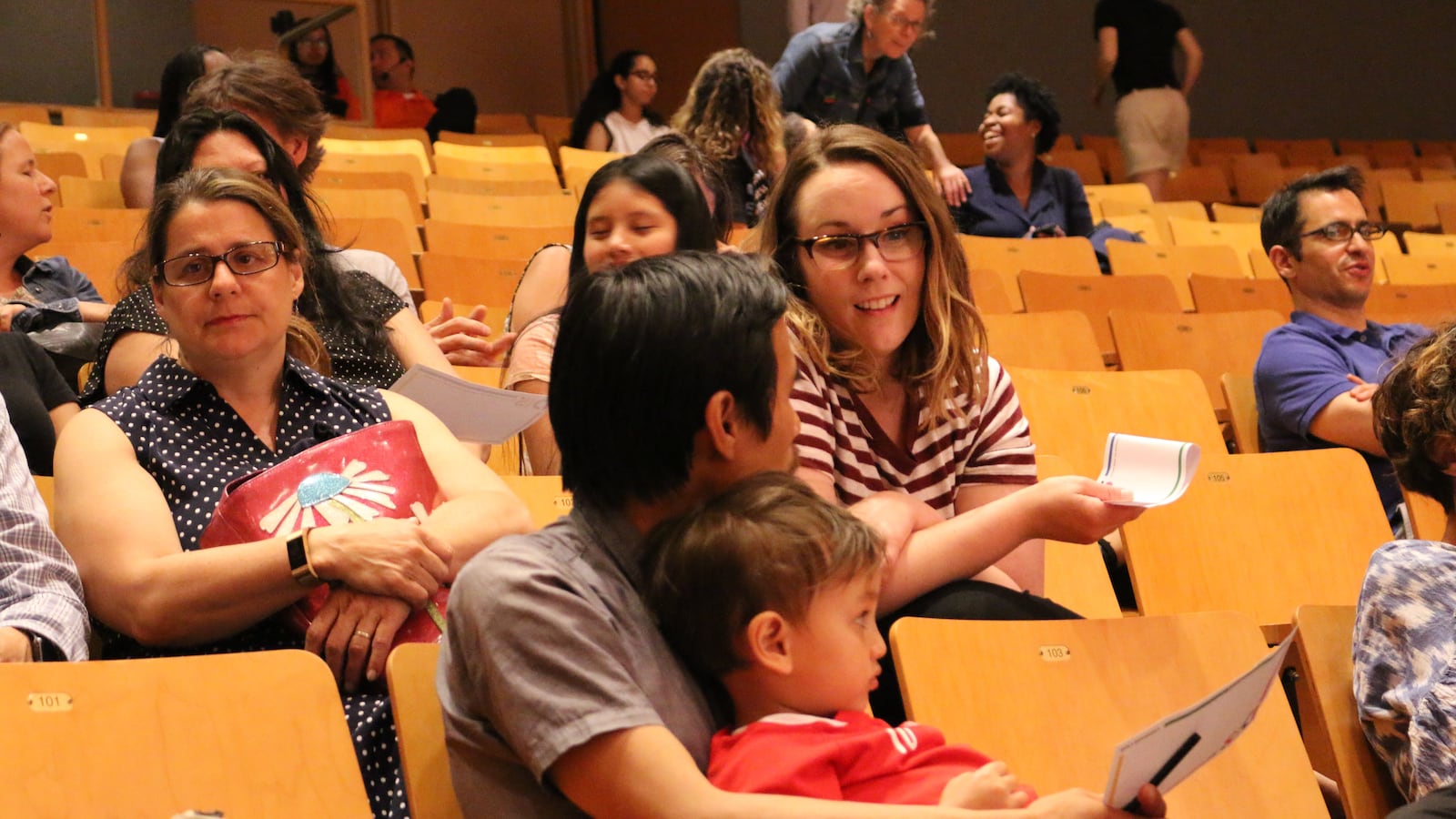When my younger son applied for middle school this spring, we knew things would be different from when his older brother went through the admissions process. Our Brooklyn school district, District 15, had just done away selective middle school admissions as part of a diversity plan, and our son was part of the first cohort to be assigned to a middle school via lottery.

We did our due diligence and visited many schools and put eight schools on our list, confident he would surely get into one of them. Yet when acceptance emails went out, we were shocked and outraged that he was placed at a school that was not on our list at all.
The news launched our family on an emotional journey, one that made me realize that I, personally, had a lot of uncomfortable growth to do.
I was completely resistant when I researched my son’s assigned school and found it had “bad test scores.” As all parents do, I want my child to receive the best education possible, and I thought “bad test scores” could not be a part of that. But as a progressive activist, I had supported the diversity plan 100%. And I knew that “bad test scores” reflect an education system fraught with institutional racism, segregation, and glaring disparities in allocation of resources.
I struggled for a long time to reconcile these two feelings. How could I learn to trust that what is best for my child can and should be what is best for all of our children?
One thing that helped was a recent essay by my city councilman, Brad Lander, one of the biggest proponents of the diversity plan. “We will never integrate without protest. As Frederick Douglass knew, power concedes nothing without a demand,” he wrote on BuzzFeed earlier this month. “We’ve grown far too comfortable with segregated schools that announce themselves as a meritocracy but function as a system for hoarding white privilege.”
I needed this demand. I have been hoarding white privilege while hiding behind my activism as if working to make the world a better place exempts me from doing the hard work of examining how the color of my skin and my children’s skin gives us an automatic leg up in our society. I was certainly too comfortable with — and have always completely benefited from — our quasi-segregated school system.
I went to “good” schools with sufficient supplies and strong academic and arts programming when I was a public school student in Queens. I was in the gifted and talented class in elementary school, all of the honors classes in junior high, and got into one of the “best” high schools in Queens even though I wasn’t zoned for it. While there were always people of color in my classes, they were fewer than the fingers on my hand.
When we went through the middle school process with my older son, back when it was based on grades, test scores, and interviews, it never crossed my mind that he wouldn’t get into one of the top schools on our list. And why wouldn’t he? He went to a great public elementary school, spending many of those years in its (now defunct) gifted and talented program. The statistics were also on his side: According to the School Diversity Advisory Group’s report, white students were more likely to be in G&T programs and meet attendance criteria for the admissions process than black or Latino children.
When it came time to apply to high school, he had his heart set on one of the specialized high schools, but his practice scores were not in range for admission. We spent hundreds of dollars on test prep, and he got in. The numbers were on his side there, too — only 10 percent of enrollment at specialized high schools are students of color — and he had every advantage. He is bright and deserving, but so are so many, many other children who didn’t share his many advantages
All of the ways we measure our children’s success — grades, test scores, attendance—are immeasurably impacted by things outside of their control, particularly the institutional, structural, and day-to day-racism children of color face. Just like the phrase, “money begets money,” access begets access. Success begets success. Meritocracy is never just based on a person’s ability; its underbelly is all the ways those abilities have been supported (or not supported) up until that point. When we strip access, previous success, and, yes, money, out of the admission process, we move away from this false meritocracy and toward actual equity.
It took a wrenching disappointment for me to truly become aware of my family’s privilege and for me to become comfortable with letting go of all of the ways the deck was stacked in our favor. And I was primed to believe those things! So I know it will take some doing for other white parents to make the same journey.
But we need to go there. All children deserve an excellent education, and we have to fight the rigged system and our own rigged assumptions to give it to them. I’m grateful to all of the education advocates for this push in the moral direction for all of us who initially resisted it, and that District 15’s middle school diversity plan is just one of many steps being taken to desegregate our schools.
It’s early days yet, but so far my sixth-grader is extremely happy as a middle schooler in his not-on-his-list new school. He is engaged, excited, and, because so many white families chose the private or charter school route instead of taking a chance on his school, he is in a homeroom class of only 13 kids.
I can’t wait for him to continue in this new phase of his life in a system that is, at least, slightly more fair than it was before. My advice to New York City parents: Let’s keep pushing and letting ourselves be pushed where we need to go.
Lisa Raymond-Tolan is an activist and co-president of Indivisible Nation BK and a pediatric occupational therapist for students in Brooklyn. She is a native of Queens and a proud public school parent of two boys.
About our First Person series:
First Person is where Chalkbeat features personal essays by educators, students, parents, and others trying to improve public education. Read our submission guidelines here.

